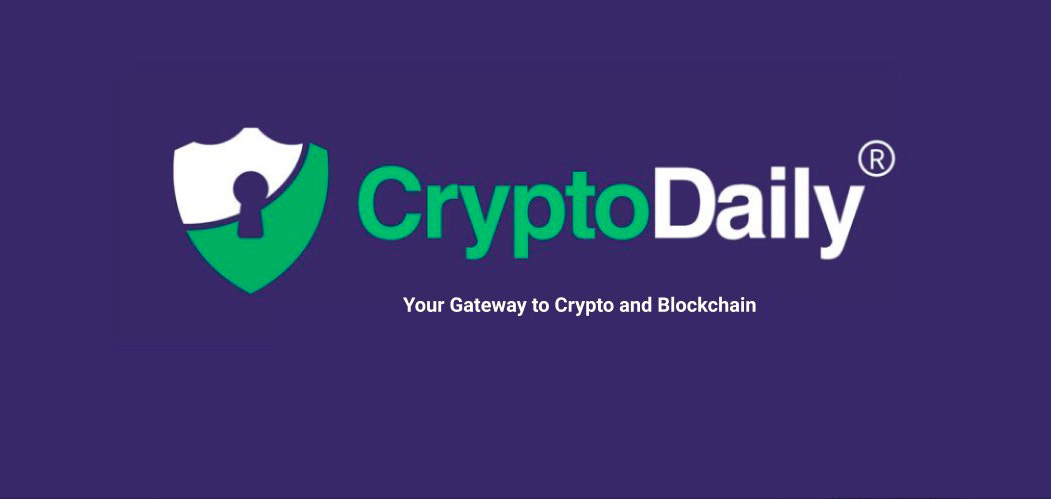Published
5 years ago on
September 29, 2018
Hot Topics
Ethereum Classic (ETC) Likely To Dominate IOT And dApps By 2020

PR
April 26, 2024
Must-Buys For Turning $1,000 into $50,000 in 2024: Solana (SOL), Pepe (PEPE), and PawFury (PAW)

Breaking News
April 26, 2024
Stripe Revives Crypto Payments After 6-Year Hiatus, Starts With USDC

Altcoins
April 26, 2024
Ethereum Price Prediction: Can ETH Dip To $2700 After Consensys vs SEC Lawsuit, Meme Coins To Rally?

Breaking News
April 26, 2024
Stripe Revives Crypto Payments After 6-Year Hiatus, Starts With USDC

Spotlight
April 26, 2024
Consensys Fights Back: Lawsuit Against SEC's Oversight of Ethereum

Altcoins
April 26, 2024


